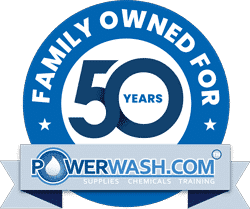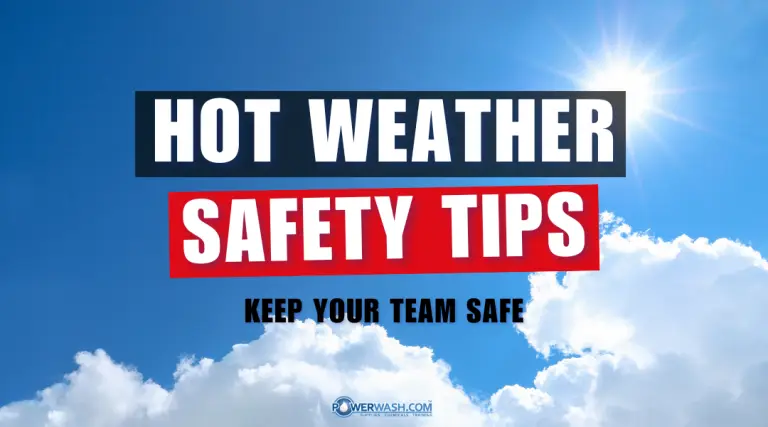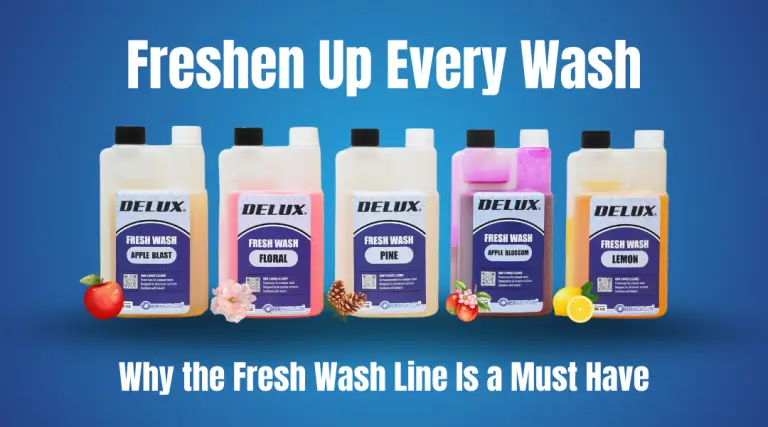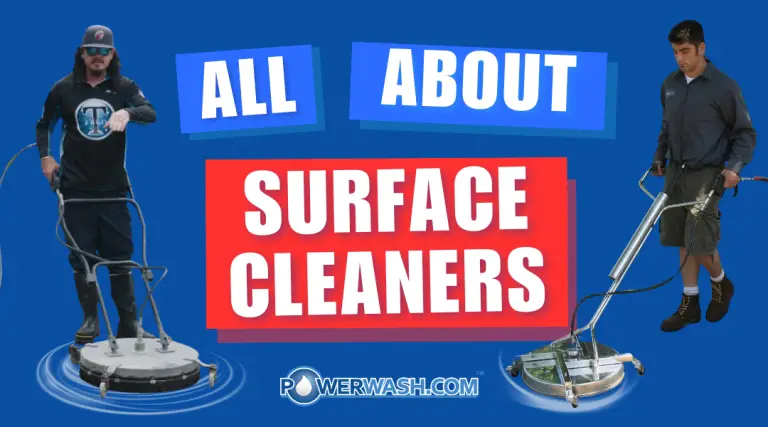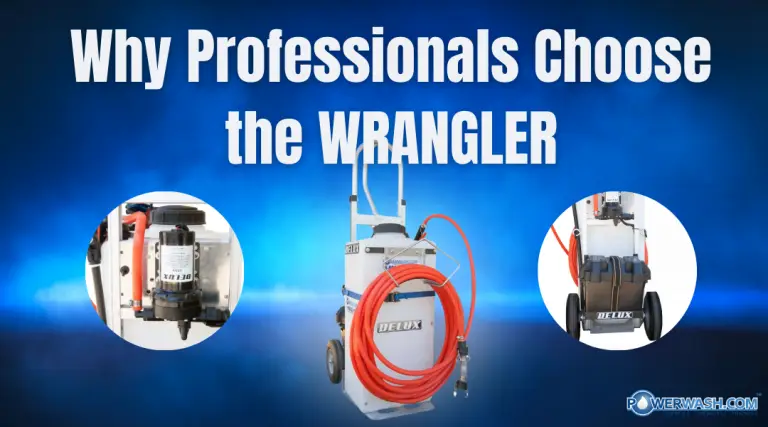- Home
- /
- PowerWash Industry
- /
- Proper Hood Operations are Key to Kitchen Safety
Subscribe To Our Newsletter
Stay in the know on the latest products, deals, events, tips & tricks.
Social Media
Proper Hood Operations are Key to Kitchen Safety
Kitchen Hood Testing
Proper Operation of Hoods are Key to Kitchen Safety
By Steve Young, TBE, The Phoenx Agency, Inc.
A kitchen hood (or grease hood) is meant solely for the protection of people in the kitchen. This primary concern makes the proper operation of the grease hood paramount to kitchen safety. The grease hood protects us from two main dangers: fire and airborne pollutants.
The equipment used in cooking is prone to fires from malfunction, accidental spillage of flammable materials used in the cooking process, or the cooking process itself. To protect kitchen occupants, a fire suppression system must be installed, properly maintained, and periodically tested.
Grease hoods capture two types of airborne pollutants: vapors produced during the cooking process and the by-products of combustion produced by gas cooking equipment. The vapors produced during cooking contain mostly water vapor and grease which is flammable. When cooled, the grease will condense and adhere to any surface it comes in contact with. If it escapes from the hood, the grease will coat surfaces within the kitchen, creating an unwanted additional fire hazard. Breathing these vapors is not conducive to good health. The by-products of combustion are also not healthy’ to breathe. If the grease hood does not perform effectively, these gases will be present in the kitchen air.
The general air balance in a kitchen is usually negative in relation to the dining area. This is to prevent the scent of food in the kitchen from migrating into the dining room. The pressure required to induce this flow to the kitchen must not exceed -.02″ WC in relation to ambient air – not to the dining room. This pressure limitation is mandated by NFPA Standard 96. The primary danger of the negative pressure lies with natural draft gas-fired equipment, such as hot water heaters, usually found in the kitchen area. The backdrafting of a natural draft flue can cause a fire or explosion and represents a real danger. The overall air balance of a restaurant should result in a net positive building pressure with air transferring from the dining area to the kitchen, but the kitchen pressure should not exceed -.02″ WC in relation to outside air.
Airflows within the kitchen should be designed so as not to affect the hood flow. With todays lowered exhaust rates, the natural up-draft velocity from the cooking surface is about the same as the face velocity of the hood. With up-drafts as low as 50 feet per minute (FPM), a 300-FPM velocity from a ceiling-mounted air conditioning outlet will wreak havoc on the capture of the hood. Cross drafts from a main return grille will also cause smoke roll-out if the return path is across the hood. Supply air distribution around the hoods should have a low velocity (less than 300 FPM) and be directed downward from the ceiling diffusers. This also provides a cooling effect on the cooks. The return should be positioned away from the hood so as to induce air from the room without pulling air past a hood.
“The back-drafting of a
natural draft flue can cause
afire or explosion and
represents a real danger.”
There are two basic styles of hoods installed in kitchens today: low-profile and canopy hoods. The low-profile hood can be found in the back-shelf style, where the hood is mounted on a, wall, or the pass-over style, where the hood’ is in an island arrangement . The canopy hood comes in three basic styles: the wall, the island, and the double island. The purpose of the hood is to capture the smoke and grease-laden air.
Make-up air through the hood is very common and is supplied in various styles as well. The “by-pass” or “self-compensating” style supplies air directly into the hood above the cooking surface. Make-up air can be supplied downward from the canopy front, sides, or back in an air curtain fashion. Make-up air can also be supplied from the face of the hood directly into the room. The supply openings usually incorporate a perforated plate or grille with a damper. Each supply style can be used exclusively – or in combination with another. For example, a “self-compensating” style may also have a hood face supply with dampers in each for regulation of optimum performance.
The amount of air exhausted out of a hood is determined by code or by the actual cooking equipment. This determination is based upon whether the hood is UL-listed or non-listed. Some local codes still require the exhaust volume based on the canopy area.
EXAMPLE: if the code is 100 CFM per square foot and the hood has a canopy area of 34 square feet, the hood must exhaust 3,400 CFM.
In the 1994 edition of NFPA 96, the only remaining flow requirement is a minimum velocity of 1,500 FPM for a grease duct. This code does not limit volume, and a hood can be sized for any CFM as long as the duct is sized for the minimum velocity.
Access to all fire suppression systems in case of an emergency should be maintained at all times. Regular’ maintenance and inspections should be preformed in order to maintain the operating readiness of these vital systems. Grease duct cleanouts should be installed per NFPA 96 to provide access so the duct can be cleaned properly to minimize the amount of grease that could serve as fuel should a fire occur. The grease duct should be inspected at a minimum of every 6 months.
This is an excerpt from a Presentation given by Steve Young on Kitchen Hood Testing
This article appeared in the Spring 2001 edition of “The Scratch Pad”.
Share This Post
More To Explore
Beat the Heat: Summer Safety Tips for Power Washing Professionals
Protect Your Crew. Protect Your Equipment. Protect Your Business. When the summer sun blazes, pressure washing jobs don’t stop—but the ...
Soft Wash Additive That Smells Amazing? Meet Fresh Wash
Freshen Up Every Wash Soft washing is all about precision, power, and presentation — and nothing completes a job like ...
Mastering the Art of Pressure Washing: Key Insights on Surface Cleaners
For professionals in the pressure washing industry, a surface cleaner is an indispensable tool, particularly for those who specialize in ...
The Wrangler™ Chemical Sprayer: The Ultimate Tool for Professional Cleaning Applications
For commercial cleaners and pressure washing professionals, efficient chemical application is key to achieving the best results. The Wrangler™ Chemical ...
